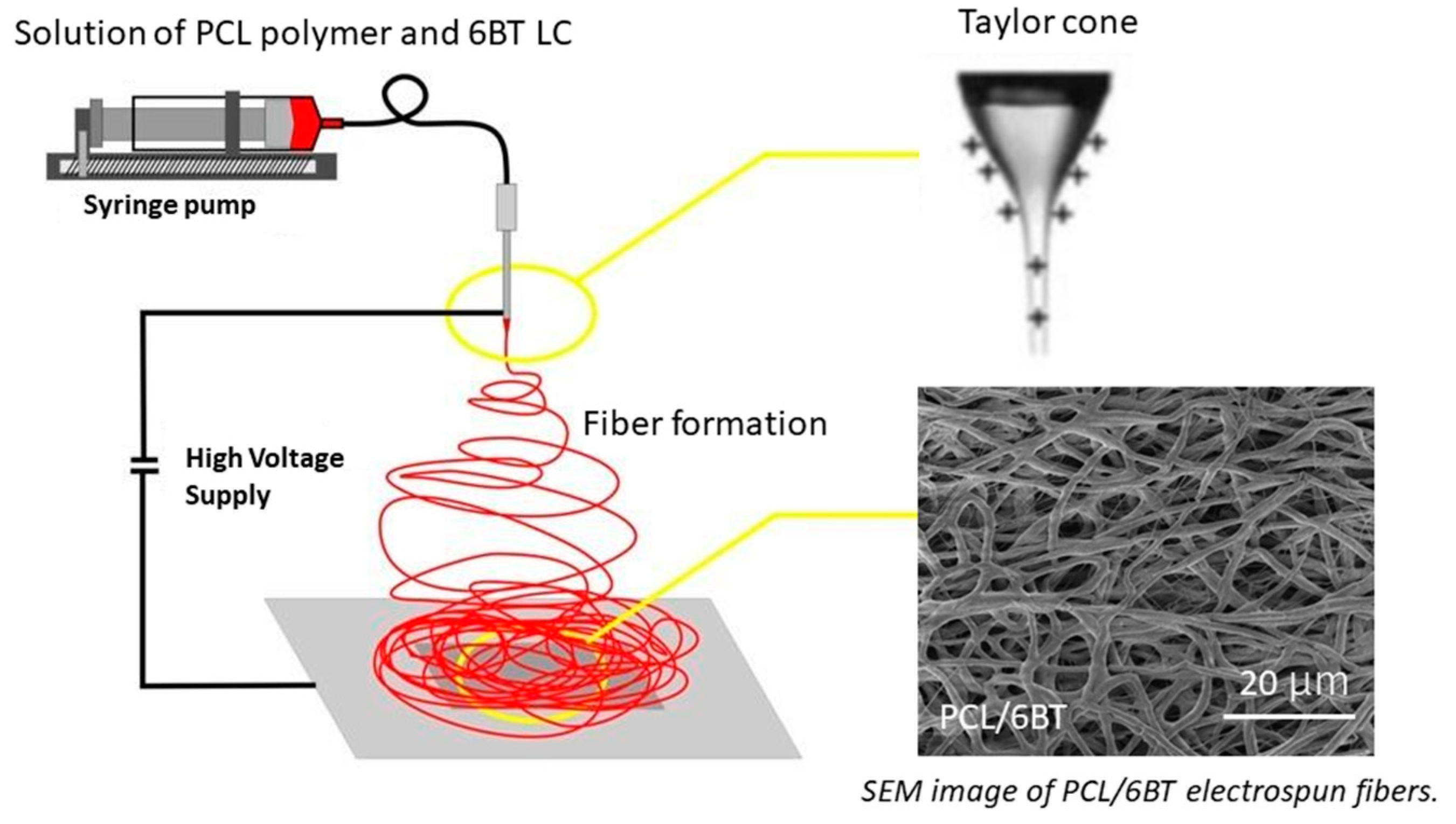Molecular Dynamics of a Liquid Crystal with Highly Ordered Smectic E Phase under Different Forms of Confinement
Acknowledgments
References
- Jasiurkowska, M.; Kossack, W.; Ene, R.; Iacob, C.; Kipnusu, W.K.; Papadopoulos, P.; Sangoro, J.R.; Massalska-Arodź, M.; Kremer, F. Molecular dynamics and morphology of confined 4-heptyl-4’-isothiocyanatobiphenyl liquid crystal. Soft Matter 2012, 8, 5194. [Google Scholar] [CrossRef]
- Kipnusu, W.K.; Iacob, C.; Jasiurkowska-Delaporte, M.; Kossack, W.; Sangoro, J.R.; Kremer, F. Rotational diffusion of guest molecules confined in uni-directional nanopores. In Dynamics in Geometrical Confinement; Kremer, F., Ed.; Springer: Berlin, Germany, 2014. [Google Scholar]

© 2019 by the authors. Licensee MDPI, Basel, Switzerland. This article is an open access article distributed under the terms and conditions of the Creative Commons Attribution (CC BY) license (https://creativecommons.org/licenses/by/4.0/).
Share and Cite
Jasiurkowska-Delaporte, M.; Juszyńska-Gałązka, E.; Zieliński, P.M.; Baranowska-Korczyc, A.; Massalska-Arodź, M. Molecular Dynamics of a Liquid Crystal with Highly Ordered Smectic E Phase under Different Forms of Confinement. Proceedings 2019, 26, 10. https://doi.org/10.3390/proceedings2019026010
Jasiurkowska-Delaporte M, Juszyńska-Gałązka E, Zieliński PM, Baranowska-Korczyc A, Massalska-Arodź M. Molecular Dynamics of a Liquid Crystal with Highly Ordered Smectic E Phase under Different Forms of Confinement. Proceedings. 2019; 26(1):10. https://doi.org/10.3390/proceedings2019026010
Chicago/Turabian StyleJasiurkowska-Delaporte, Małgorzata, Ewa Juszyńska-Gałązka, Piotr M. Zieliński, Anna Baranowska-Korczyc, and Maria Massalska-Arodź. 2019. "Molecular Dynamics of a Liquid Crystal with Highly Ordered Smectic E Phase under Different Forms of Confinement" Proceedings 26, no. 1: 10. https://doi.org/10.3390/proceedings2019026010
APA StyleJasiurkowska-Delaporte, M., Juszyńska-Gałązka, E., Zieliński, P. M., Baranowska-Korczyc, A., & Massalska-Arodź, M. (2019). Molecular Dynamics of a Liquid Crystal with Highly Ordered Smectic E Phase under Different Forms of Confinement. Proceedings, 26(1), 10. https://doi.org/10.3390/proceedings2019026010



